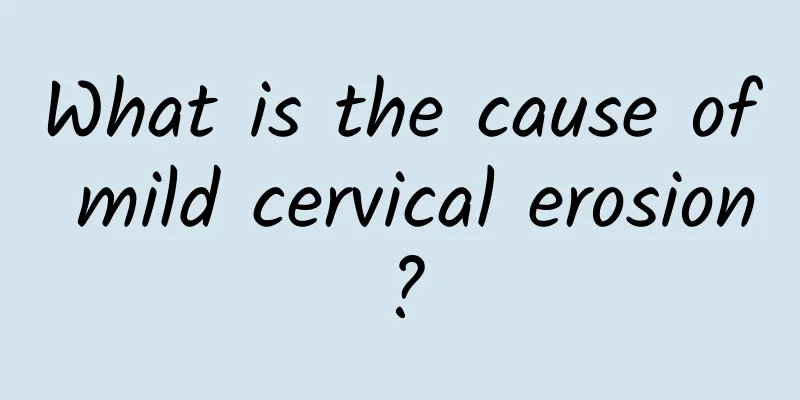How to treat uterine fibroids in the short term? Medication methods for uterine fibroids

|
Western medicine treatment is generally only suitable for those who are close to menopause, have menstrual disorders, and have no malignant changes in the endometrium, such as the commonly used methyltestosterone and goserelin. In recent years, some people have used mifepristone to treat uterine fibroids, and the effect is said to be good. It may be difficult for you to accept that you have uterine fibroids, but Xiaobian hopes that you can find the direction as soon as possible and actively accept relevant treatments so that you can recover as soon as possible. But at this time, many patients may ask, what is the treatment for uterine fibroids? Today, Xiaobian will answer for you. Drug treatment It is mainly used for short-term treatment and is mainly suitable for patients with uterine fibroids who have surgical indications. Preoperative medication can correct anemia, reduce the size of the uterus, avoid intraoperative bleeding, and reduce surgical difficulties; it is suitable for menopausal women whose uterus is smaller than 10 weeks of pregnancy and whose symptoms are mild; and patients who have surgical contraindications due to other complications. Due to the side effects of the drug, it is not suitable for long-term use. Western medicine treatment It is generally only suitable for menopause, menstrual disorders, and non-malignant changes in the endometrium, such as the commonly used methyltestosterone and goserelin. In recent years, some people have used mifepristone to treat uterine fibroids, and the effect is said to be very good. Surgery Surgical treatment has always been the most traditional, effective and unacceptable method for treating uterine fibroids. Generally speaking, since uterine fibroids are a type of tumor, it is natural to surgically remove them. However, uterine fibroids have their own particularity, that is, their malignant change rate is low and their recurrence rate is high. The low malignant change rate gives patients more time to choose a treatment method, while the high recurrence rate makes patients who try to keep their uterus take greater risks. As for when to perform surgery, different patients have different requirements and it is difficult to generalize. |
<<: How to treat uterine fibroids How to use medication for uterine fibroids
Recommend
Is endometriosis recurring at a high rate?
Endometriosis is a gynecological disease that cau...
Experts explain the harm of health products to uterine fibroids
Many female friends may not know that health supp...
Experts briefly analyze the common symptoms of chronic cervicitis
The symptoms of chronic cervicitis are a matter o...
Professional knowledge related to abortion care
The most painful disease among women is miscarria...
The harm of uterine cysts
The harm of uterine cysts mainly depends on the t...
Can flower root balls cure cervical erosion? Detailed explanation of the effect of flower root balls in curing cervical erosion
Flower root bulbs have a very good effect in repa...
Understand the detailed causes of vulvar leukoplakia.
Understand the specific causes of vulvar leukopla...
Are there any harmful symptoms of physiological ovarian cysts?
What are the symptoms of physiological ovarian cy...
Reduced menstrual volume, beware of premature ovarian failure. What should you eat if your menstrual volume decreases?
The ovaries are a great magic weapon for women. O...
What to do if you want to have an abortion due to adenomyosis
It is generally believed that severe adenomyosis,...
Can pregnant women with bacterial vaginosis give birth normally?
Can pregnant women with bacterial vaginosis give ...
Daily dietary principles for patients with threatened abortion
Pregnant mothers are generally familiar with thre...
Tips for preventing and treating threatened abortion
There are many reasons for threatened abortion, i...
When is the best time to treat cervical erosion in women? Women should know the best time to check cervical erosion
The most common gynecological disease in women is...
What are the misunderstandings about the treatment of dysmenorrhea?
What are the misunderstandings about the treatmen...









